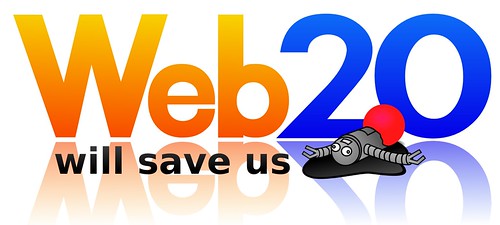Among the wide variety of Web 2.0 tools that can be used for
student learning and instruction, there are three categories that are
particularly relevant: communication tools, collaboration tools, and
social bookmarking tools.
In language instruction, communication tools such as blogs and
microblogs are invaluable tools to enhance students'
language-learning opportunities. Blogs can be used to integrate
academic vocabulary in a meaningful way when analyzing facts,
summarizing events, and expressing opinions. Students' writing
skills can be improved through the use of blogs. In the world
language classroom, the more opportunities students have to use the
target language meaningfully the greater chances of them becoming
proficient. Spanish language learners can greatly benefit from using
blogs as online journals to communicate with their classmates using
the target language.
Collaboration tools such as wikis allow students to submit,
review, and discuss content collaboratively. In the online
environment, having students collaborate on a wiki is particularly
beneficial since it gives them the opportunity to interact and
construct meaning together in the target language. Instructors can
also provide feedback in a more timely manner by reviewing students'
wikis as they develop their work, and by making corrections when
needed. Wikis offer all the advantages of formative assessment tools
since students' progress can be evaluated throughout the development
of their wiki pages.
Lastly, social bookmarking tools are an
effective way to access bookmarks anywhere and at anytime. It is a
great means for students and instructors to network and share
bookmarks with each other. For example, in order to organize
materials for each thematic unit of study, students can compile a
list of resources using a social bookmarking tool. They could
bookmark the sites that they find more useful and interesting, and
organize them by tags (vocabulary, grammar, irregular verbs, culture,
etc). Students can also network and share their bookmarks,
benefiting from seeing their peers' bookmarks and using their tags.

 by Emilie Ogez
by Emilie Ogez 














